Ecological Forestry Techniques for Hotter, Drier Times
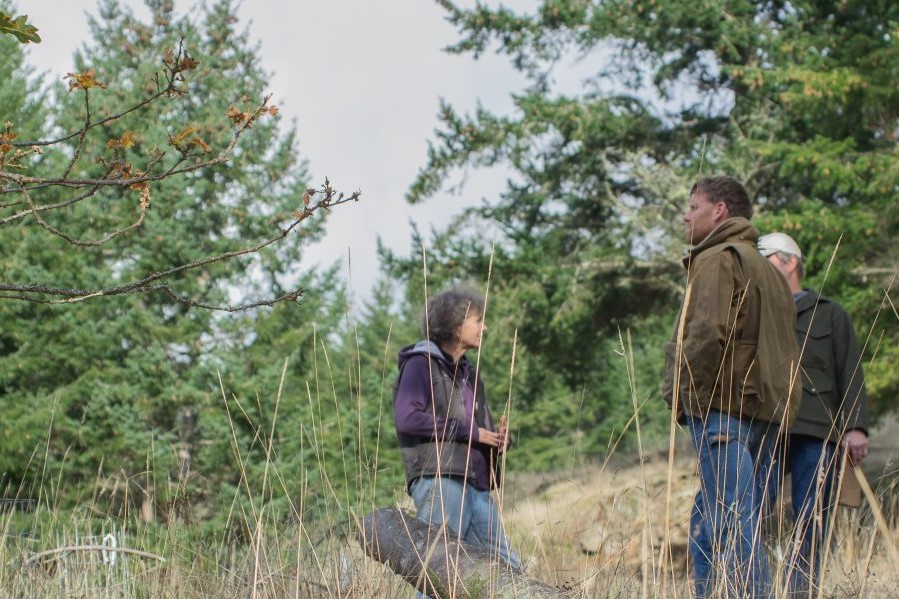
This article originally appeared in the April newsletter of Treeline, the regional forest adaptation network. You can find the complete newsletter here.
How do we address past mismanagement while also preparing for the future climate?
Northwest Natural Resource Group and partners are launching a new demonstration project to test techniques that can help forests better endure the kinds of climatic change that we expect in the Pacific Northwest.
The restoration of several former monoculture plantations to older forest conditions will create more complex and diverse habitat, as well as higher rates of carbon sequestration. These demonstration sites, managed by partners King County DNRP and Nisqually Community Forest, will provide a portfolio of examples for several ecological forestry techniques that aim to speed tree growth and increase forest resilience to diverse stressors.
In the Pacific Northwest, 150 years of logging has disrupted the natural balance of seral stages (phases of ecological development). This has shifted much of the landscape in the region to younger, structurally simpler forests with a narrower spectrum of species. Monoculture forests are more susceptible to drought, insect infestations, and wildfire. These stressors will be exacerbated by climate change, making it harder for forests to attain older seral stages, thereby diminishing their contribution to biodiversity and degrading their exceptional ability to sequester carbon.
How do we address past mismanagement while also preparing for the future climate?
Northwest Natural Resource Group and partners are launching a new demonstration project to test techniques that can help forests better endure the kinds of climatic change that we expect in the Pacific Northwest.
The restoration of several former monoculture plantations to older forest conditions will create more complex and diverse habitat, as well as higher rates of carbon sequestration. These demonstration sites, managed by partners King County DNRP and Nisqually Community Forest, will provide a portfolio of examples for several ecological forestry techniques that aim to speed tree growth and increase forest resilience to diverse stressors.
In the Pacific Northwest, 150 years of logging has disrupted the natural balance of seral stages (phases of ecological development). This has shifted much of the landscape in the region to younger, structurally simpler forests with a narrower spectrum of species. Monoculture forests are more susceptible to drought, insect infestations, and wildfire. These stressors will be exacerbated by climate change, making it harder for forests to attain older seral stages, thereby diminishing their contribution to biodiversity and degrading their exceptional ability to sequester carbon.
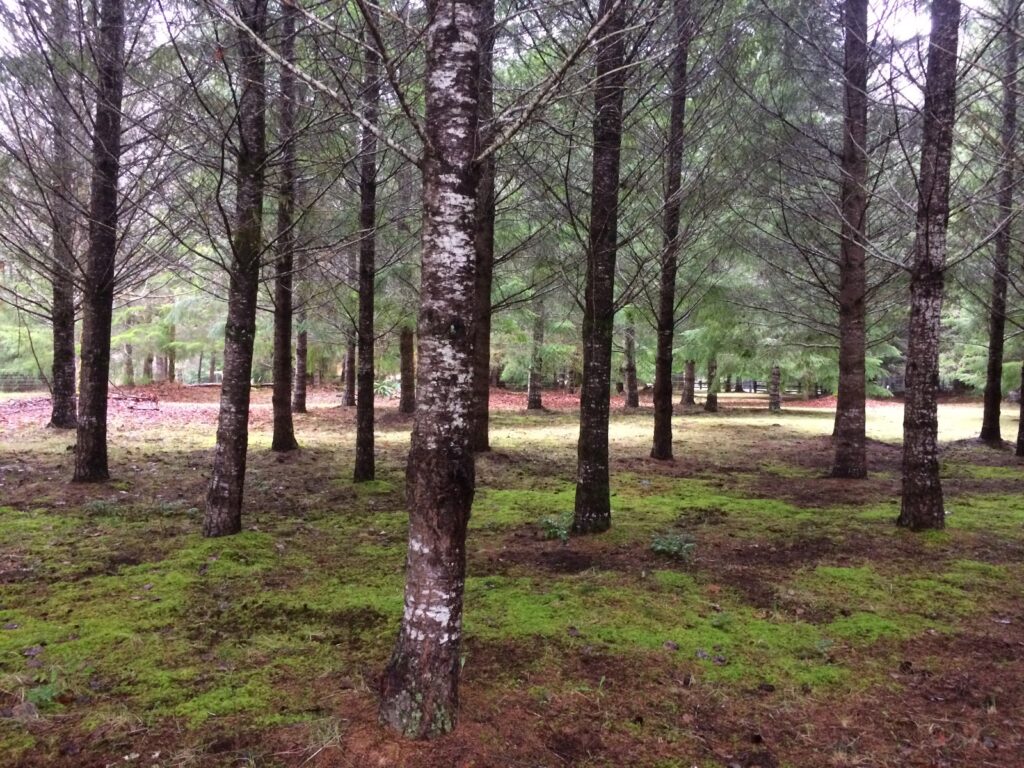
Older and more complex forests are critical to climate resilience. As forests age, they contribute more to ecosystem services, including carbon storage and watershed protection for downstream creeks and rivers. If climate stressors cut short the seral development of these younger and middle-aged forests, the recovery of the forested landscape to greater age and complexity will be interrupted and reversed. While ecosystems have an astonishing ability to heal themselves, they work on the timeline of nature rather than the timeline of human climate impacts, and ecological forestry techniques can decrease the time it takes for forests to attain older seral stages.
The first technique is an approach to thinning that leaves 15 to 40 percent fewer trees than conventional forestry practice has traditionally recommended. Commercial and precommercial thinning are practices commonly used by forest managers to reduce competition within a stand; we are demonstrating a modification of that familiar strategy. Thinning to lower densities will spread available soil moisture among fewer trees, increasing the likelihood that each will have enough water to thrive, and enabling the forest to continue maturing and providing habitat for species dependent on older forests.
Older and more complex forests are critical to climate resilience. As forests age, they contribute more to ecosystem services, including carbon storage and watershed protection for downstream creeks and rivers. If climate stressors cut short the seral development of these younger and middle-aged forests, the recovery of the forested landscape to greater age and complexity will be interrupted and reversed. While ecosystems have an astonishing ability to heal themselves, they work on the timeline of nature rather than the timeline of human climate impacts, and ecological forestry techniques can decrease the time it takes for forests to attain older seral stages.
The first technique is an approach to thinning that leaves 15 to 40 percent fewer trees than conventional forestry practice has traditionally recommended. Commercial and precommercial thinning are practices commonly used by forest managers to reduce competition within a stand; we are demonstrating a modification of that familiar strategy. Thinning to lower densities will spread available soil moisture among fewer trees, increasing the likelihood that each will have enough water to thrive, and enabling the forest to continue maturing and providing habitat for species dependent on older forests.
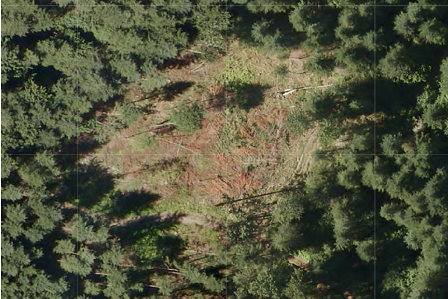
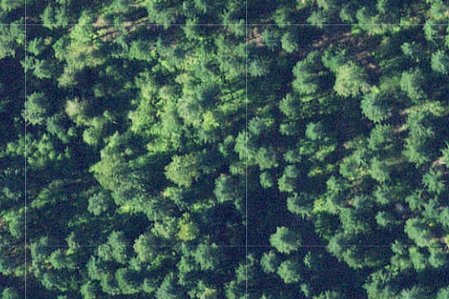
Mid-elevation forests are being impacted by an upward shift in snow levels, leading to lower summer stream flows as less snowpack remains to feed creeks with snow melt. At our demonstration sites above 3,000 feet, we are installing snow gaps — 0.5- to 2-acre patch cuts in the forest canopy. This will allow snow to accumulate on the ground instead of being intercepted by tree crowns where it will evaporate or melt more quickly. The shade and shelter from the wind in these gaps also extends the spring snowmelt season, providing a time-release of snow melt that can infuse the soil with moisture and feed headwater streams later into the year.
Finally, we are taking advantage of the snow gaps to introduce seed stock from warmer seed zones, either from more southerly latitudes or from lower elevations. The significance of this introduction will extend well beyond the few thousand plants we will install: if successful, these individuals will mature to provide a local source of seed stock carrying genetic traits that will be better adapted to the warmer climate that will prevail decades hence.
Mid-elevation forests are being impacted by an upward shift in snow levels, leading to lower summer stream flows as less snowpack remains to feed creeks with snow melt. At our demonstration sites above 3,000 feet, we are installing snow gaps — 0.5- to 2-acre patch cuts in the forest canopy. This will allow snow to accumulate on the ground instead of being intercepted by tree crowns where it will evaporate or melt more quickly. The shade and shelter from the wind in these gaps also extends the spring snowmelt season, providing a time-release of snow melt that can infuse the soil with moisture and feed headwater streams later into the year.
Finally, we are taking advantage of the snow gaps to introduce seed stock from warmer seed zones, either from more southerly latitudes or from lower elevations. The significance of this introduction will extend well beyond the few thousand plants we will install: if successful, these individuals will mature to provide a local source of seed stock carrying genetic traits that will be better adapted to the warmer climate that will prevail decades hence.
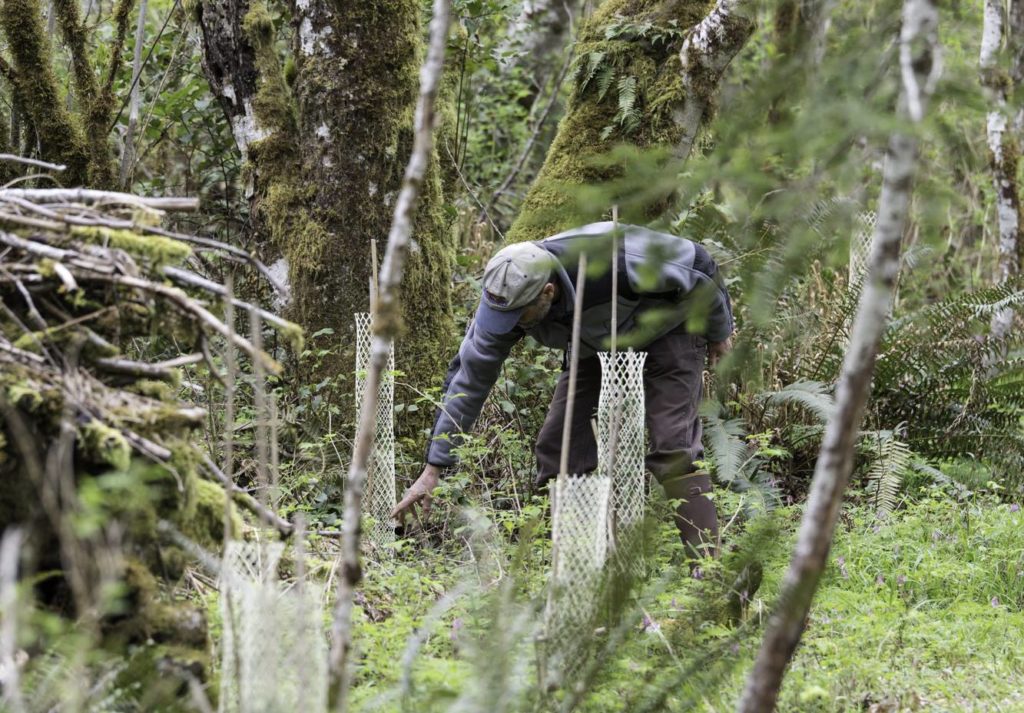
By helping these developing forests recover from narrowly focused management practices and to adapt to the hotter, drier summer conditions that are predicted for the area, we’re seeking to reduce the risk that they will succumb to drought or fire. Using some of these novel management techniques will hopefully address both past mismanagement and future threats for more diverse and resilient forests.
You can find more details about these tips at https://www.nnrg.org/climateadaptation/
To learn more as this project develops, and be invited to next year’s workshops for these demonstration sites, please join our newsletter at https://www.nnrg.org/nnrgnewsletter/
By helping these developing forests recover from narrowly focused management practices and to adapt to the hotter, drier summer conditions that are predicted for the area, we’re seeking to reduce the risk that they will succumb to drought or fire. Using some of these novel management techniques will hopefully address both past mismanagement and future threats for more diverse and resilient forests.

Leave a Reply